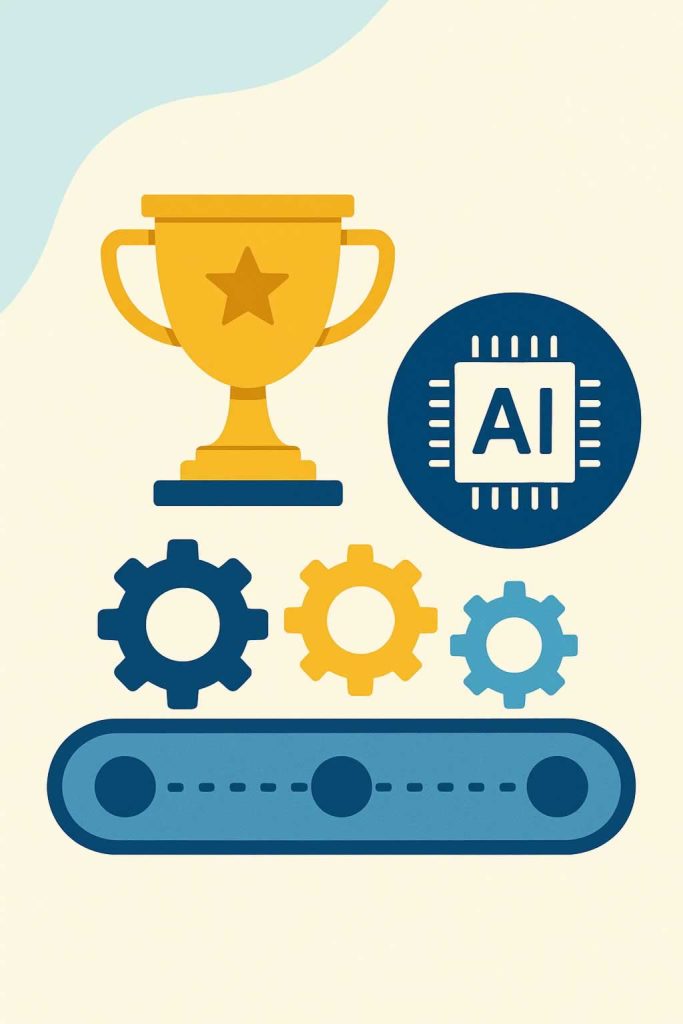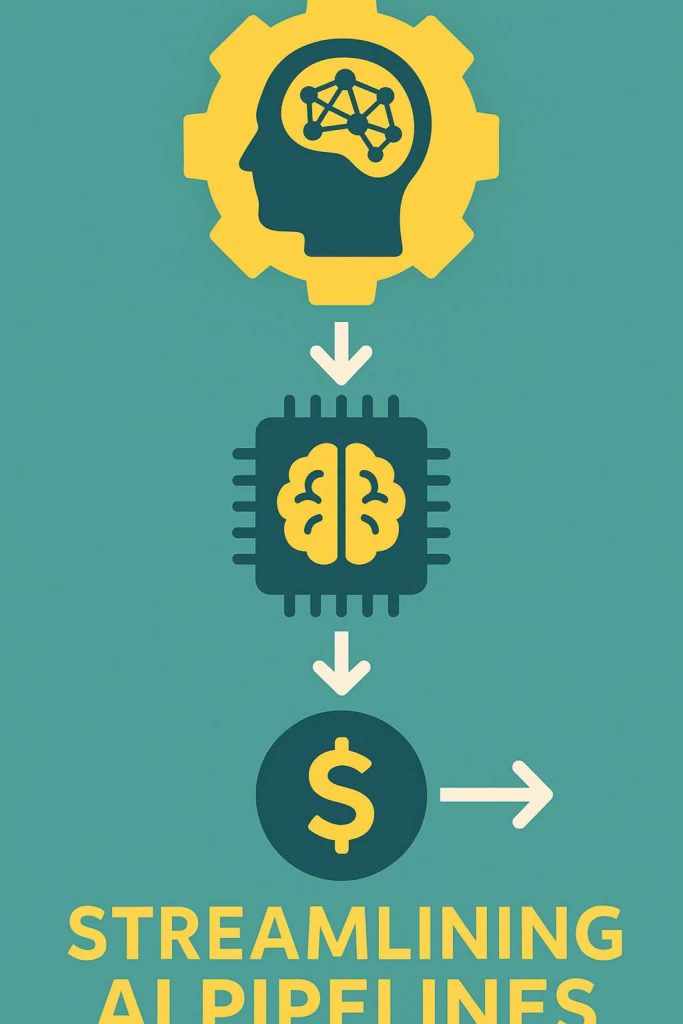

Streamlining AI pipelines offers a number of practical benefits, especially for teams and organizations looking to scale their efforts without increasing complexity. An AI pipeline refers to the full lifecycle of data, modeling, deployment, and monitoring. When that pipeline is streamlined, it becomes faster, more efficient, and easier to manage. At AEHEA, we prioritize clean, well-structured pipelines because they save time, reduce costs, and make AI systems more predictable and effective.
One of the biggest advantages is speed. A streamlined pipeline allows us to move from data collection to results more quickly. This is especially important in dynamic environments where conditions change rapidly and decisions need to be made in real time. By reducing bottlenecks and automating repetitive tasks, we give teams the ability to experiment faster, deploy quicker, and iterate with less friction.
Another benefit is consistency. When pipelines are clearly defined and repeatable, they reduce variability in performance. This means that whether the model is being used for the first time or the hundredth, the results remain stable and reliable. It also simplifies troubleshooting. Instead of guessing where a problem originated, we can trace it through a clean structure and resolve it efficiently. This kind of clarity is essential when integrating AI into larger systems that impact customers or business processes.
Finally, streamlining supports scale. As AI becomes more deeply embedded in operations, the volume of tasks grows. A fragmented pipeline becomes a liability in these cases. By building workflows that are modular, reusable, and easy to adapt, we at AEHEA help businesses move from one-off prototypes to production-ready systems. Streamlining is not just about efficiency. It is about making AI sustainable, scalable, and accessible across the entire organization.
